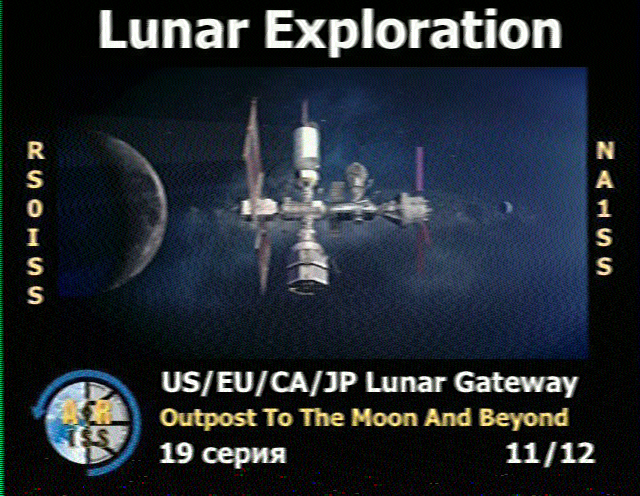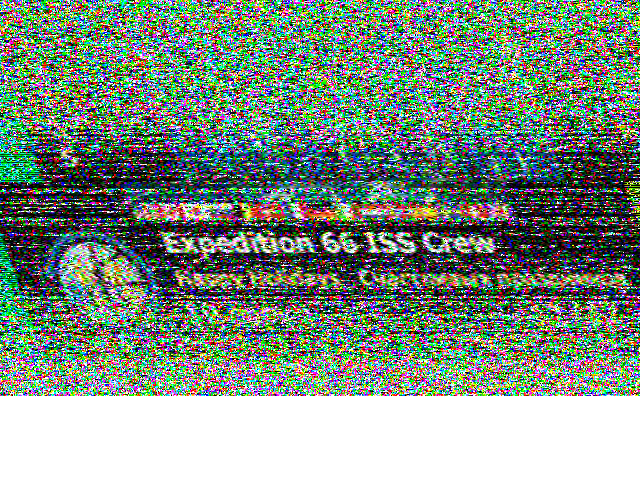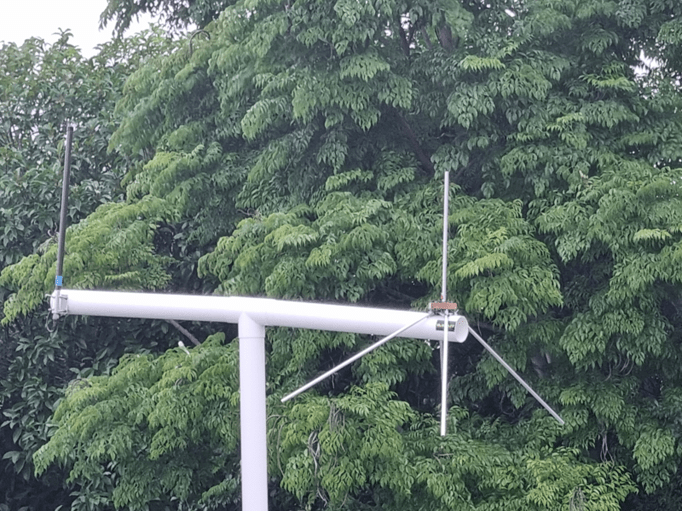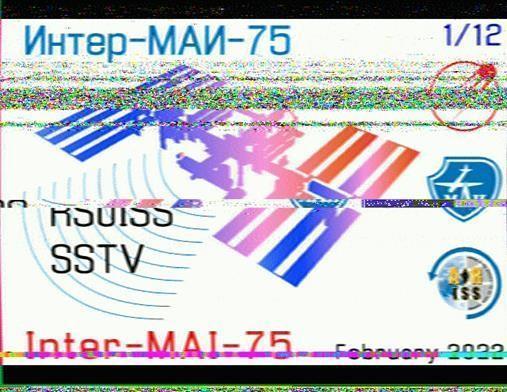ISS SSTV and a New Antenna
A few times a year, mainly around xmas – New Year, plus other random times there are SSTV broadcasts from the ISS, which are announced like:
SSTV activation Feb. 2022
Moscow Aviation Institute
Posted: 03 Feb 2022 01:58 PM PST
The Moscow Aviation Institute (MAI) will be conducting their routine SSTV experiment during orbits that pass within range of Moscow, Russia on February 7 and 8. They typically operate PD180 on a downlink frequency of 145.800 MHz using the Kenwood D710E located in the Service Module. The images are sent with about 3 minute gaps between transmissions.
Feb. 7 – Start about 08:35 UTC, stopping about 15:05 UTC.
Feb. 8 – Start about 10:40 UTC, stopping about 14:30 UTC.
Other than the regular one in December, it isn’t unusual to get just a few days notice, which can make it hard to plan for. I’ve previously downloaded images using my QFH antenna, but the quality can vary significantly, not helped by it being tuned (with my trusty VNA) to 137.6MHz and the SSTV broadcasts are on 145.8MHz.


My best one was from perhaps 100 different images, when everything aligned with a high angle pass, low RF noise and a bit of luck.
So since it was a long weekend, I thought I’d try building a quarter wave antenna since this was reported as working well, plus being relatively easy to build too (compared to a QFH!). And I found a good calculator – https://m0ukd.com/calculators/quarter-wave-ground-plane-antenna-calculator/.
Not too hard to make using:
- Cable ties!
- Some 10mm aluminium tubing
- A bit of hardwood to hold the vertical and keep it isolated from the radials
- A bit of scrap metal (thank you Arran!), about 7cm x 7cm which was bent at the edges to about 45 degrees for the radials with a hole in the middle for the SMA connector
- A bit of copper wire soldered to the SMA connector and fastened to the vertical with a screw and a spade connector
I cut the radials to the size from the calculator, knowing that their length wasn’t too critical.
For the vertical I cut it about 10cm too long, then cut it down a few cm at a time and checking the results on the VNA, stopping when I was probably within about 2mm of “perfect”. I was pretty pleased with getting it so well-tuned!

Final version, inside (as it was bucketing down outside).


To capture the signal I was using an SDR connected to a Pi, running my own software to tune the SDR and capture the full pass.
Of course, the passes each night were about midnight and 3am, when I planned to be asleep, so I knew I’d just two chances to get it right before needing to wait a few months for the next time.
First night, I got a very distinct, clean signal, but the SNR was too low to decode something. Which reminded me I’d based the gain on having an LNA in addition to the SDR, plus an FM block (that Sky Tower is LOUD), so I made the changes for the next night and got some reasonable results:

Not quite as good as my best ever, but easily in the top 10% with minimal chance to tune things. I think I need a bit more gain on the SDR and it’ll be better still.
With only two nights of passes, it was hard to get perfect results, so I’m eagerly awaiting the next set of passes sometime later this year.
And the bonus is that it is a great antenna for picking up everything from FM around 100MHz to signals at around 800MHz, so a pretty good all round antenna which took just a few hours to make.